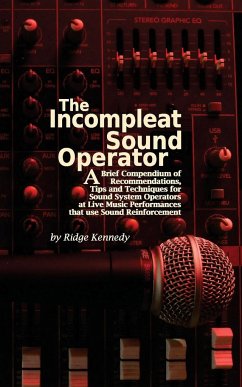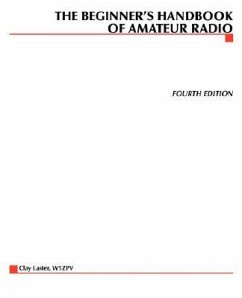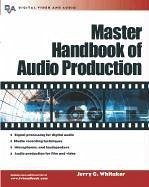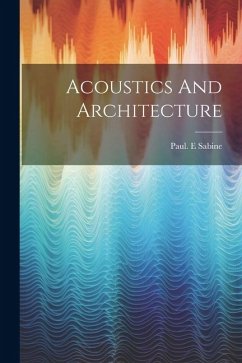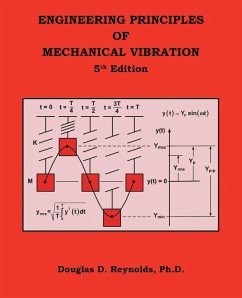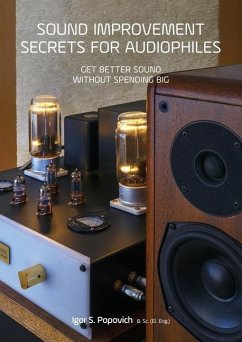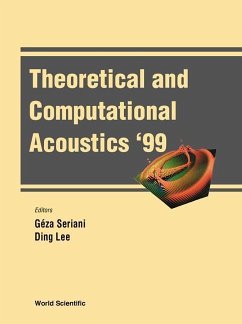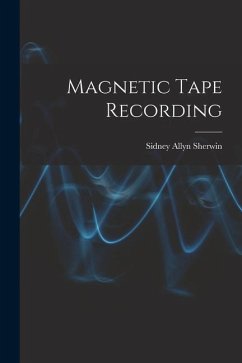
Ambient Noise in the Sea
Versandkostenfrei!
Versandfertig in 1-2 Wochen
52,99 €
inkl. MwSt.

PAYBACK Punkte
26 °P sammeln!
Ambient noise may be loosely said to be unwanted sound emanating from the sea itself. Its constituents typically come from a variety of somewhat diffusely combined sources: pressure changes and hydrostatic effects of tides and waves, oceanic turbulence, seismic disturbances, distant ship traffic, wind, rainfall, collapse of bubbles created by wave action, thermal agitation, marine animals and biological activity, breaking ice, and man-made noise such as distant oil rigs. Depending on locations in the ocean space, the times of day, season and year, and the happenstance of events and nature, the...
Ambient noise may be loosely said to be unwanted sound emanating from the sea itself. Its constituents typically come from a variety of somewhat diffusely combined sources: pressure changes and hydrostatic effects of tides and waves, oceanic turbulence, seismic disturbances, distant ship traffic, wind, rainfall, collapse of bubbles created by wave action, thermal agitation, marine animals and biological activity, breaking ice, and man-made noise such as distant oil rigs. Depending on locations in the ocean space, the times of day, season and year, and the happenstance of events and nature, the aforecited sources may or may not be contribute to the totality of ambient noise at any given time and place; and it may or may not exist as broad or narrow bands of energy in different regions of the frequency spectrum. More exactly defined, ambient noise is that part of the total noise background observed by an omnidirectional hydrophone in the sea which is: (1) not due to the hydrophone system's self-noise such as the noise of current flow around the measurement hydrophone and all forms of electrical noise; ambient noise is independent of the means used to observe it; and (2) not due to other identifiable localized sources of noise. Ambient noise is what is "left over" after all identifiable noise sources are accounted for. Ambient noise is an especially important consideration in detecting and identifying targets - be the targets submarines, underwater vehicles, floating mines, or fish-- in relatively quiet ocean environments and situations. In the case of active sonar, ambient noise typically becomes the dominant background against which the sonar receiver is trying to detect, and possibly identify, targets in the ocean space (not addressing search of the ocean floor) when it is greater than self noise and after the relatively loud reverberation noise created by the active sonar pings has died down in the sonar cycle. In the case of passive sonar, after taking into account self noise and possible extraneous noise from identifiable sources, ambient noise is the background against which the sonar receiver seeks to detect and identify targets. This book, AMBIENT NOISE IN THE SEA by Robert Urick, summarizes the main features of the ambient noise and gives the reader an easy to read, understandable entry in to its unclassified literature. This book is a must for engineers in the fields of active and passive sonars, underwater sensor and weapons systems, and underwater signal processing.




